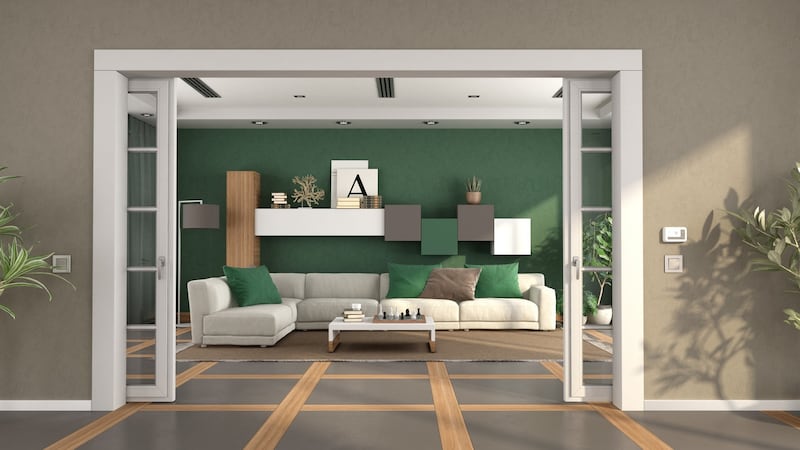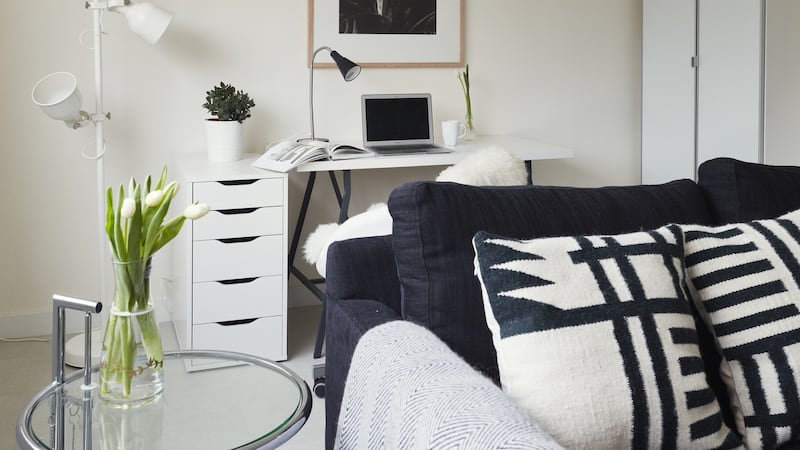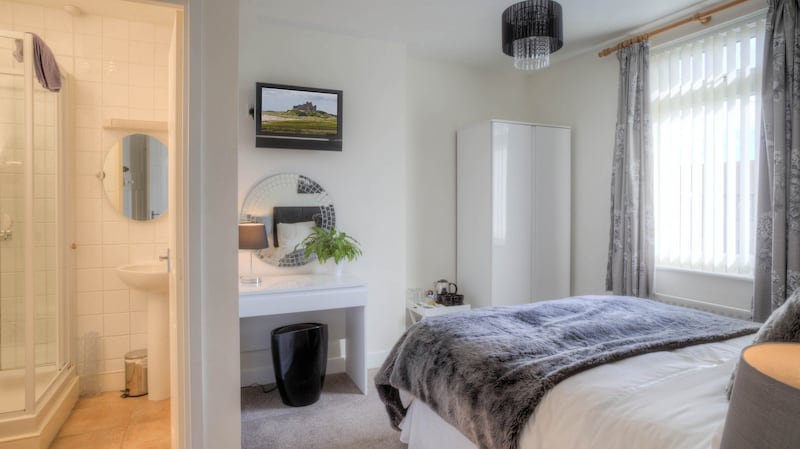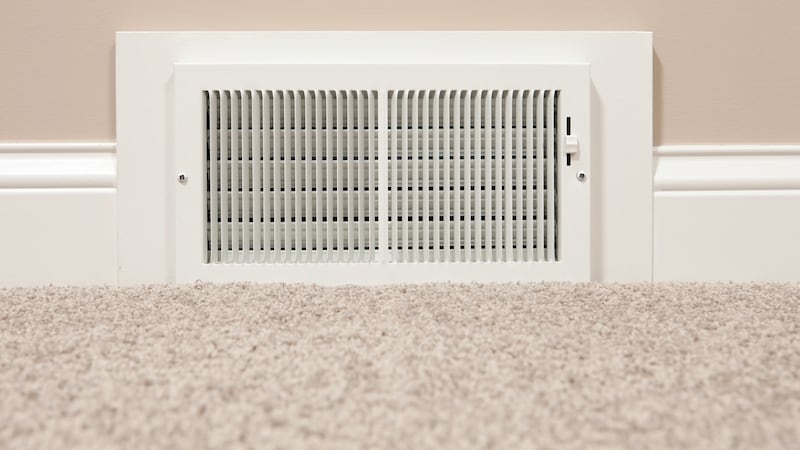More than a year into the Covid-19 pandemic, we can already see changes to the ways we work and live that could have a lasting impact on future house and garden design.
With many people still working from home, neglected areas under the stairs or angled corridor spaces have been adapted to accommodate fold-away desks. Back garden sheds have been turned into fully functioning home offices, while front gardens have become cherished play spaces with benches positioned in previously neglected sunny spots to allow casual conversations with neighbours.
Valerie Mulvin from McCullough Mulvin Architects says people are making ingenious use of the spaces in their homes.
“They are grabbing every inch of space and looking at ways they can be together and ways they can be apart and recycling spaces for different uses,” she says.

Mulvin says people are also identifying “moments of visual delight” in their lives by planting flowers, vegetables or a fruit tree in their garden or putting a row of cacti on a window ledge.
“People are bringing the outside in and the inside out by turning windows into double doors or re-thinking the use of a courtyard or garden by moving bins to create a play space or putting a bench in a sunny spot.”
Mulvin says new clients are looking for home offices to be included in their house designs.

“I think offices will also change with a smaller number of desks and bigger meeting spaces and informal clusters for people to meet in,” she says.
Architect John McLaughlin reminds us that the tuberculosis epidemic in the early 20th century also impacted architectural design.
“It brought in more white buildings with big windows that opened onto terraces so that people could sit out in the sun,” he explains.
McLaughlin says there has already been a shift away from open-plan domestic spaces in the past decade.
“The one-TV family is firmly in the past as everyone is interacting with their devices in different ways now. People want individual spaces with rooms that can be divided with sliding pocket doors or screens. It’s about flexibility as there is no longer that rigid differentiation between work and leisure,” says McLaughlin.

The one-TV family is firmly in the past
While front verandahs and open porches are making a comeback in some countries as a sociable, safe space to entertain friends and interact with neighbours, Irish architects say requests for porches and verandahs haven’t happened in Ireland yet.
“People are more likely to sit outside and they are socialising much more outdoors, walking and cycling more. So towns are becoming more active while city centres are quieter. Everyone is recognising the importance of public space,” says McLaughlin.
McLaughlin also suggests as more people work from home some of the time, big office spaces in cities might be transformed into mixed residential and office buildings.
“Georgian homes became offices and warehouses were converted to loft spaces so some [modern] offices could be converted to homes and converted back again in the future,” he suggests. Communal roof gardens could also become a feature of these converted office buildings.
Both McLaughlin and Mulvin say they have witnessed families moving from cities to towns as the need to be close to work is no longer crucial.
“This will lead to the revitalisation of towns and villages where people can have a higher quality of life,” says McLaughlin.
Mulvin believes invigorating our towns by re-imagining uses for public squares and streets and people moving back into empty buildings is an exciting proposition.
“There are lots of opportunities for people to convert closed-down shops into homes cheaply, efficiently and sustainably,” she says.
The concept of the 15-minute city where people can work, shop and be entertained within 15 minutes’ walk from their home has also gained more attention during lockdowns across the world. In this model, spaces could be community working hubs by day and youth clubs by night. In Paris and New York, school playgrounds have been opened outside of school hours for use by the community.
Architect and house consultant Eva Byrne believes the en suite bathroom will become a necessity in many homes.

“Consider an older person with a live-in carer. Each bedroom would need to have en suite toilet in that situation both for infection control and privacy,” says Byrne. She suggests low-maintenance bathrooms with larger tiles and panels of glass instead of shower doors will become more popular because they are easier to clean and keep germ free.
Although the transmission of the virus from surfaces was overstated at the beginning of the pandemic, people’s desire for easy-to-clean surfaces in kitchens has been heightened as we all become more hygiene conscious. Some designers are also suggesting that front halls will become clearly defined transitional spaces where everyone removes shoes, hangs jackets and sanitises their hands before entering the house. Touchless, sensor-operated appliances might also catch on as people seek to limit the spread of germs between household occupants.
Byrne believes people will continue to embrace the big open-plan kitchen with dining and family areas but with the possibility to close off each space.
“I never recommend one big open space. A greater number of independently accessed spaces is healthier for family life,” she says.

If an air quality monitor prompts someone to open a window, that's a good thing
Awareness that Covid-19 spreads much more indoors than outdoors has also increased people’s awareness of the need for good ventilation in their homes. Mulvin suggests that humidity meters and carbon dioxide monitors might become popular as people seek to understand the quality of indoor air better.
“We don’t measure indoor air quality enough and if an air quality monitor prompts someone to open a window, that’s a good thing,” she says.
Joanne Coughlan, architect and landscape architect, says during the Covid-19 pandemic we have realised that we can ask more of our homes and localities. She says the "broken plan" home where not all spaces are directly connected to each other has a future in post-pandemic design.
“Covid has killed the open-plan space. People need privacy to retreat to places where they can be aware of each other but not in each other’s way,” she says. She also believes gardens have become vital spaces to “recharge, reflect and relax” in after finishing a day working from home.
“Early on in the pandemic, children were back playing on the streets and there have been some wonderful examples abroad such as how Muf architects in London transformed the roads, streets and housing development at King’s Crescent by inviting everyone back onto the road,” says Coughlan, who believes playable streets are something we should nurture post-pandemic.
“We have ceded too much of our public realm to the car,” she says, mentioning the suburb of Vauban in the German city of Freiburg which has incidental play spaces along pedestrian routes. She also says we have to create safe places for teenagers to hang out.
“People are often afraid of groups of teenagers. It must be terrible to be looked at with such suspicion. We need places where teenagers can ‘perch and watch’ – spaces which say you are welcome here.”




















